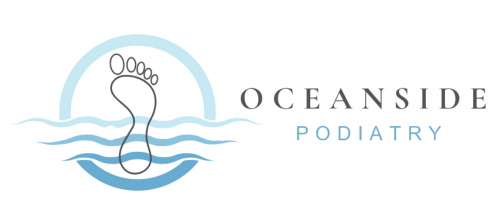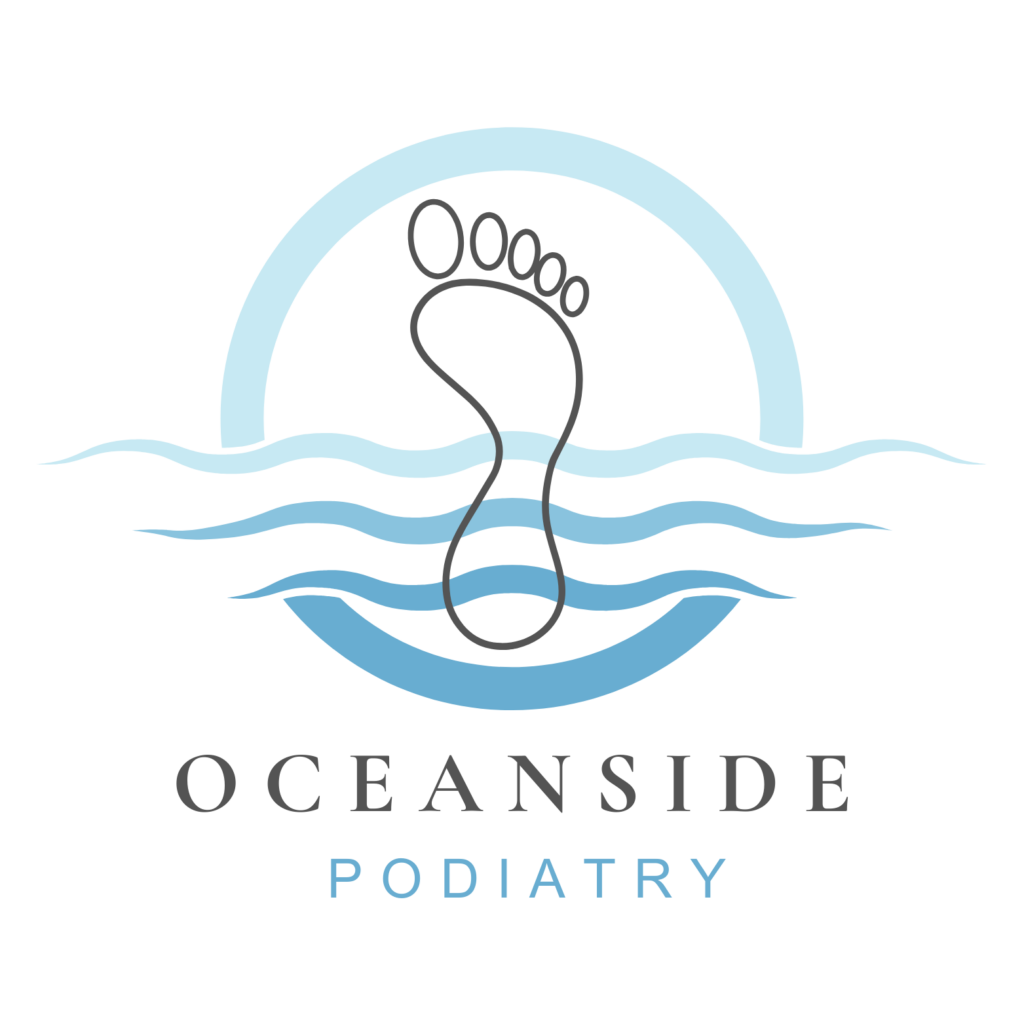Blister management is a vital component of podiatric care, particularly for athletes, individuals with foot deformities, or those who spend prolonged periods on their feet. Effective blister prevention and treatment often begins with an understanding of the mechanical forces at play—primarily friction, shear, and pressure. Four key approaches from a podiatrist’s perspective include proper taping techniques, correctly fitting footwear, appropriate sock choices, and the use of orthotics.
Taping techniques are widely used to reduce friction and provide a protective barrier on high-risk areas such as the heels, toes, or balls of the feet. Low-friction tape, such as Hypafix or kinesiology tape, can be applied smoothly over blister-prone areas to reduce shear forces. It’s crucial to apply tape to clean, dry skin with no wrinkles, and without excessive tension that could restrict circulation or create new pressure points. Padding, such as felt or foam donut pads, can be used under the tape to offload pressure from active blisters.
Footwear plays a critical role in both blister prevention and healing. Shoes that are too tight increase pressure, while loose shoes allow excess foot movement, both of which can lead to friction-related injuries. A podiatrist will often assess gait and foot shape to recommend shoes with proper width, depth, and materials that reduce hotspots. Seamless interiors and moisture-wicking linings are also beneficial.
Socks are an often-overlooked but essential factor in blister management. High-quality socks made from synthetic blends or merino wool help wick moisture away from the skin, reducing the risk of friction and maceration. Double-layer socks can be particularly effective, as the inner layer moves with the foot while the outer layer rubs against the shoe, minimizing skin shear. Avoid cotton socks, which retain moisture and increase friction.
Orthotics, can correct biomechanical abnormalities, redistribute pressure, and stabilize the foot within the shoe. By improving alignment and reducing areas of excessive stress, orthotics can significantly lower blister risk and aid in healing existing ones.
If you are developing blisters or have an upcoming event (ie. marathon, several day hike etc) then book an appointment with Kirrilee to discuss your blister management.

